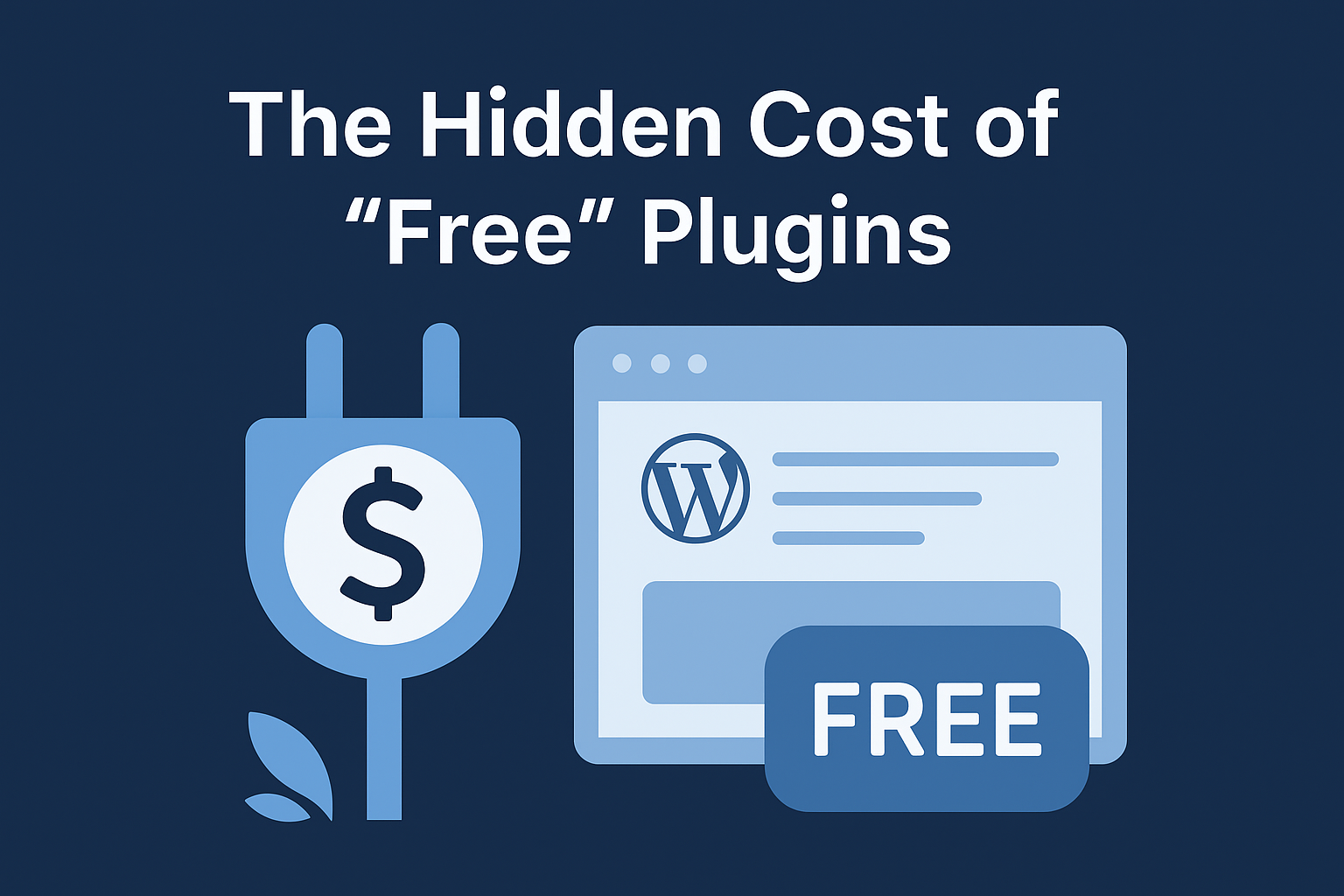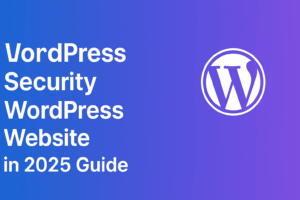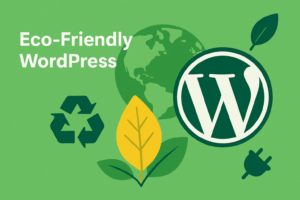The Hidden Cost of “Free” Plugins: What Most Developers Don’t Tell You
Introduction
Everyone loves free plugins — they’re the backbone of WordPress’s open-source ecosystem. But as with anything that’s “free,” there’s often more than meets the eye. Behind the promise of zero cost can lie hidden trade-offs that affect your site’s performance, security, and long-term scalability. Let’s uncover what “free” really means when it comes to WordPress plugins.
1. The Real Price of “Free”
Developers who offer free plugins still need to sustain development costs — hosting, maintenance, and support don’t come cheap. Many rely on freemium models, where basic features are free but essential ones are locked behind premium versions. This often results in a fragmented experience for users who thought they were saving money.
2. Security and Data Risks
Not all free plugins are created with the same security standards. Some may include poorly maintained code, unpatched vulnerabilities, or even hidden tracking scripts. Always verify plugin authors, read recent reviews, and check update frequency before installation.
3. Hidden Performance Bottlenecks
Free plugins can slow down your site. Heavy code, lack of optimization, and unnecessary background scripts can increase load times. Worse, some free plugins make external API calls that add invisible latency — a silent SEO killer.
4. Lack of Long-Term Support
When a free plugin is abandoned, users are left without updates or compatibility fixes. This not only breaks functionality but can expose your site to potential exploits. Paid plugins often include guarantees of ongoing maintenance — something rarely promised in free alternatives.
5. The Ethical and Business Angle
Relying too heavily on free tools can unintentionally undervalue the work of developers. Supporting reputable plugin makers ensures innovation continues and security standards are maintained. Think of premium plugins as investments, not expenses.
Conclusion
Free plugins are an incredible resource — when used wisely. The key is understanding their true cost in terms of time, performance, and reliability. Before installing another “free” plugin, ask: What’s the long-term price of this choice?
Key Takeaways
- Always vet free plugins for security, code quality, and update history.
- “Free” often means limited features or upsells down the road.
- Support trusted developers who provide value and transparency.
- Investing in quality plugins ensures long-term stability and peace of mind.
💡 Pro Tip: Use tools like WordPress.org Plugin Directory and Plugintify to discover vetted, performance-tested plugins.




